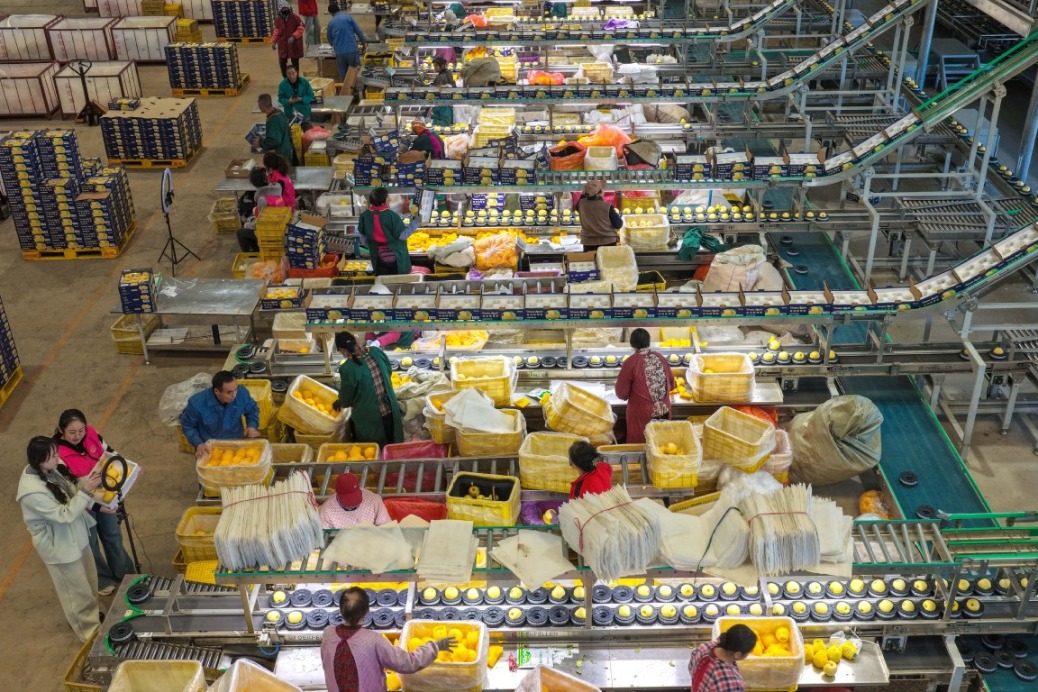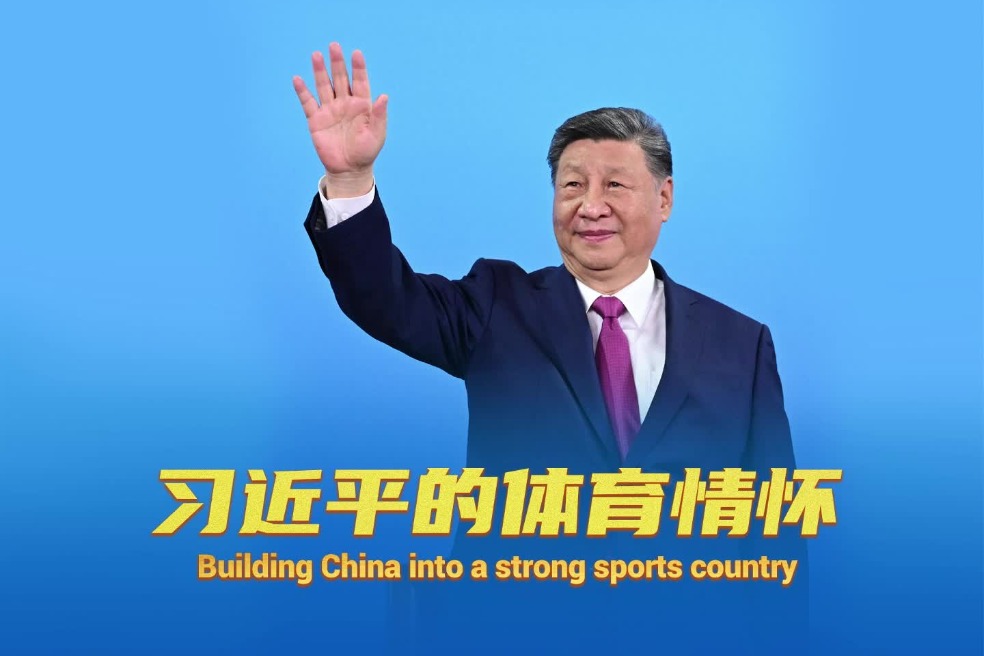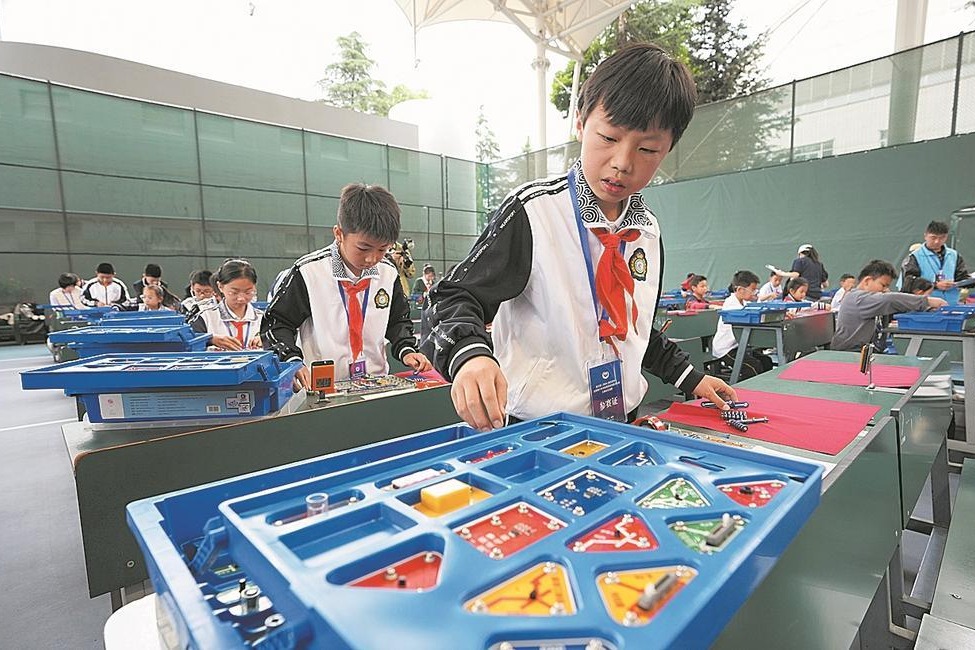Thread of creativity
A Shanghai clothing brand is taking inspiration from traditional culture to cater to its clients, He Qi reports.

Tangxindan defines itself as "a Chinese art luxury brand in the new era". The clothing brand was established in 2018 and makes products with cultural elements while using traditional handicrafts such as embroidery.
Xie Yige, the co-founder of Tangxindan, grew up in a family that is devoted to it. Her mother runs a museum of gold-and-silver color embroidery in Ningbo, Zhejiang province.
"If handicrafts stay in museums, they will not become cultural products nor be accepted by young people," says Xie, who is also the deputy curator of the museum.
"Meanwhile, the craftswomen who work at the museum are aging, and there are few from the younger generations who want to inherit the craft," Xie adds.
While being troubled by such issues, she found a way out during her study in the United Kingdom.
She met Wu Jiayin and Jin Junhong, who also studied there and were interested in innovating traditional handicrafts. And together they launched the brand.
Xie says the name of the brand has a similar pronunciation as "soft-boiled egg" in Chinese. There is a traditional custom in some parts of China where couples are supposed to have a soft-boiled egg before they get married in order to gain happiness.
Xie says the brand targets well-educated women aged from 25 to 45, who have cultural confidence and are willing to spend money in pursuing a better experience.
"We name our customers as the new generation of daxiaojie," Xie says.
The term daxiaojie used to refer to wealthy young women, with a biased implication that these women were spoiled. Xie tries to revise the meaning of daxiaojie to refer to a new generation of young women who are refined and well-educated. The brand aims to provide them with clothing featuring traditional motifs, which can meet their needs in various scenarios.
The gold-and-silver embroidery, a national intangible cultural heritage adopted in their production, distinguishes the brand from the rest, Xie says.
The handicraft has nearly 1,400 years of history and was only used by imperials and dignitaries.
"Its value lies in the distance between each silk thread, fixed gold and silver threads and a great work maintaining the same distance. It is also more vivid than the one embroidered by machine, and people can feel the thoughts behind it," Xie says.
For further improvement, the brand not only changes the patterns or products but also innovates materials from the source for a "breakthrough" in performance and quality.
Its design team is inspired by Chinese culture and extracts meaningful elements from poems, festivals and customs to set a theme for each year's products.
To become more competitive in the global market, the brand is focusing on using Chinese handicrafts for expression and is open to cultures from other countries, Xie says.
The brand now has five product categories: accessories, handbags, women's wear, lifestyle and gifts. To reach more customers with different spending powers, there are two series for women's wear, namely ready-to-wear and haute couture.
"For customers looking for haute couture, Tangxindan offers a full-customization taking three to six months from design to sample testing until the final product is ready, and a half-customization of less than three months to adjust a ready-to-wear dress according to customer requirements," Xie says.
The products are sold in the brand's showrooms, multi-brand boutiques and online stores.
The brand is created by a young design team with an "international vision" and dozens of experienced craftspeople from the museum or inheritors of intangible cultural heritage. Wu, one of the co-founders, graduated from the University of the Arts London.
Xie says Wu's work, supported by her expertise in textile, is artistic and expressive that are vital for the innovation of traditional handicrafts.
"There is no making without breaking," Xie says.
She says traditional handicrafts will evolve in the future.
A work, "Tangxindan in Shanghai", in the showroom, was created by Wu, with the brand's name embroidered and representative sights in Shanghai made by fashionable materials like sequin, showing the integration of traditional handicraft and modern design.
The process of running a startup is not always smooth.
According to Xie, the young design group lacked an understanding of traditional handicrafts and merely concentrated on innovation in materials and skills. However, embroidery craftspeople who have worked for decades did not agree with those new ideas that ran counter to their experience.
"Conflicts happened a lot but got solved because trust was built. Young people showed respect to craftsmen, and craftsmen in return appreciated the foresight and creative thinking," Xie says.
Although the team works hard to promote the handicrafts and brand, Xie is still concerned that intangible cultures in China have a common challenge in finding successors because of a prejudice that it is pointless to make a life for things that might not make a lot of money.
Apart from support from the government, Xie says it is necessary to make intangible cultural heritage a brand or an industry to guarantee people working for it have income and gain acknowledgment from society, especially the younger generations.
"Having them in a team is the key to helping intangible cultural heritage live longer and better," Xie says.
To attract more young people, the brand is also working with the young celebrity group TF Boys by providing the members with costumes.
Recently, its second showroom was launched in Guangzhou, Guangdong province. According to Xie, the brand will focus on accessories, handbags and lifestyle products, as well as open showrooms overseas for brand promotion in the future.
Wang Jingyi contributed to this story.
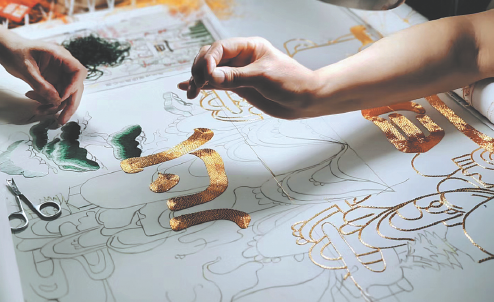
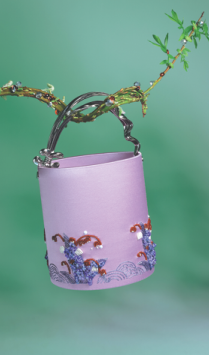
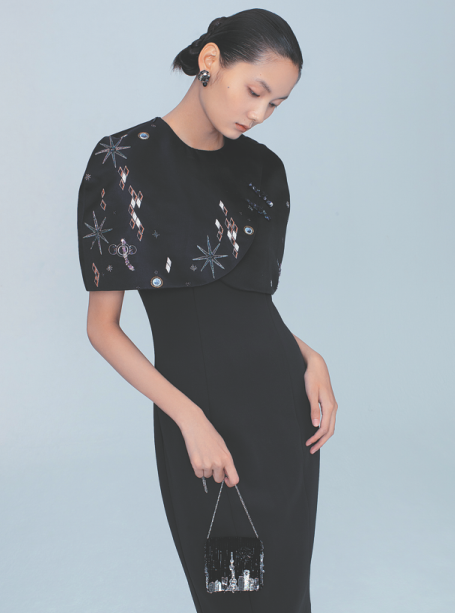
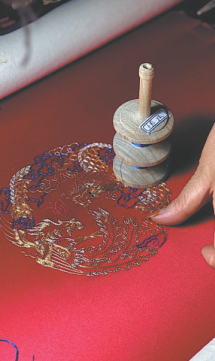
Today's Top News
- Xi, president of Comoros exchange congratulations on 50th anniversary of ties
- Luxury leasing market gains traction in HK
- Historic games forge deeper bonds beyond podium
- Technology will ensure future heroes save lives and live
- Auto market rides high on NEV sales growth
- China, Spain agree to advance partnership

















